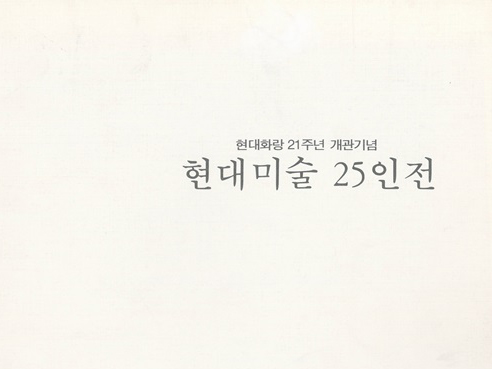Go-Am Ungno Lee (1904-1989) was born in the Hongseong, Chungcheongnam-do in 1904. He studied painting in the calligraphic school of Haegang Gyujin Kim. Ung-No Lee came to be known in Korean art circles when he received an award in the Joseon Art Exhibition in 1942, with his work Blue Bamboo. In 1945, along with Yeonggi Kim and Wuseong Chang, he organized the "Dan-gu Art Association" with the objective of developing a new style of Korean painting, eliminating Japanese influence from Korean art. Even during the Korean War between 1950 and 1953, he continued his work and produced such paintings as Refugee, which reflected the harshness of the times. After the Korean War, Ung-No Lee, criticizing the corrupt practices of the National Art Exhibition, came to be known as a dissident artist. In 1957, he had his first overseas exhibition when the Worldhouse Gallery organized the Modern Korean Art Exhibition in New York. The next year, he went to France, accepting the invitation of Jacques Lassaigne, who had carefully followed Ung-No Lee's work. During his stay in France, his style of painting changed from one of realistic reproduction to semi-abstract expression or, according to himself, expressing the meaning of nature. After an exhibition tour in Germany, he settled down in Paris and entered into an exclusive contract with Galerie Facchetti, an avant-garde gallery which at the time led the "Informel" movement. In 1964, in his first personal exhibition with Galerie Facchetti, he presented completely abstract works, using the method of paper collage. In 1964, he established the Oriental Painting Academy in Musee Cernuschi, an oriental art museum in Paris, and taught oriental painting to many Europeans. In addition, he started the composition of "Letter Abstract", which is a modernized form of calligraphy. In 1989, he died in Paris without fulfilling his dream of returning to his motherland. Ung-No Lee, who had witnessed some of the most dramatic events in modern Korean history, such as the gaining of independence from Japan, the Korean War, and the nationwide movement for democracy, had continued his intensive artistic activities during those historic movements. His work was always bound to historic events on the Korean peninsula, and this is the reason why he has been called the most Korean of artists.































